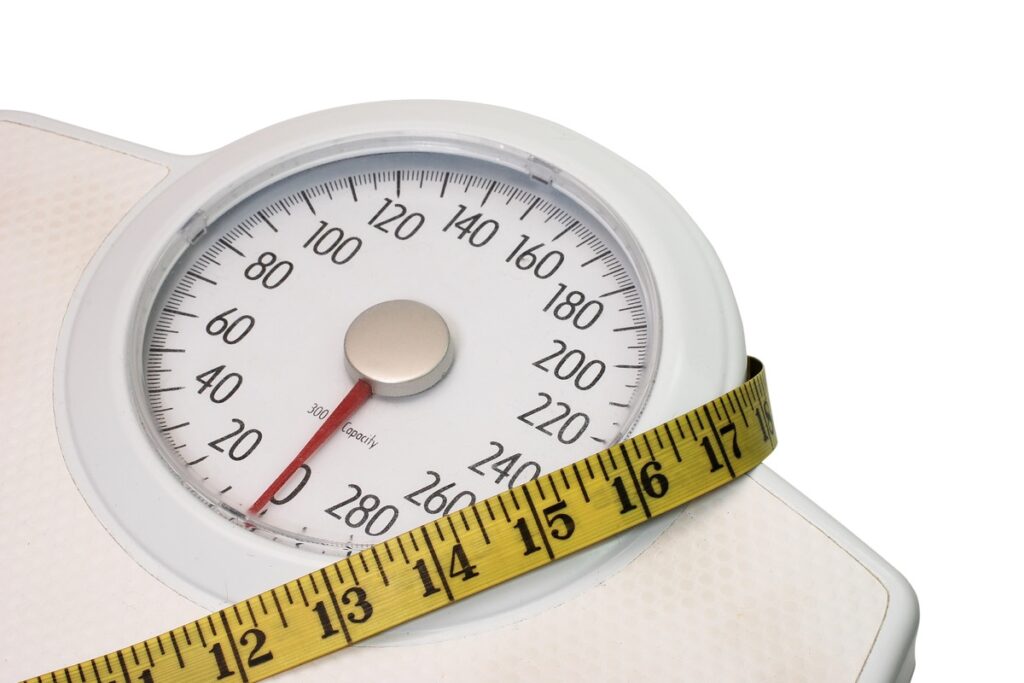Funerals for individuals who are morbidly obese present specific logistical and practical challenges, but with the right planning, families can make informed decisions that honor their loved ones while navigating any limitations. Below is a breakdown of what to expect and advice on how to approach these situations.
Key Considerations for Families
- Body Size Impacts on Arrangements: The size and weight of the deceased will influence multiple aspects, including transportation, casket or urn size, and the funeral home’s capacity to handle larger individuals.
- Special Equipment: Funeral homes may need to use bariatric caskets, reinforced lifting equipment, and extra staff to safely transport and prepare the body. Not all funeral homes are equipped for these needs, so it is important to ask in advance.
- Cost Adjustments: Specialized caskets, additional burial plots, or extended cremation facilities may come with extra costs. Families should be prepared for adjustments in the standard pricing.
Navigating Limitations and Challenges
Burial:
- Space Constraints: Standard burial plots are often too narrow for larger caskets. Families may need to purchase two adjoining plots or seek cemeteries that offer oversized burial plots.
- Solution: Ask funeral homes or cemeteries if they have experience with oversized burials. They can guide you to the right options, such as wider plots or custom-sized vaults.
- Casket Selection: Bariatric caskets are specially designed for larger individuals. These caskets are wider and stronger, but not all funeral homes stock them.
- Solution: Ensure the funeral home has access to oversized caskets and, if needed, allow time for them to order one. Ask about customization options to ensure the casket reflects the family’s wishes.
- Handling and Lifting: Additional pallbearers or equipment may be necessary for transporting the casket. Funeral homes that regularly deal with larger individuals will have the right equipment on hand.
- Solution: Verify that the funeral home has reinforced lifting gear and an appropriate number of staff to assist with the logistics.
Cremation:
- Crematory Size Limits: Standard crematories often have weight limits between 300–400 pounds due to the size of the cremation chamber (retort).
- Solution: Look for funeral homes or crematories that are equipped with larger cremation chambers specifically for bariatric cremation. In some cases, the body may need to be transported to a specialized facility, so plan accordingly.
- Timing Considerations: Cremation for larger bodies may take more time due to the increased size.
- Solution: Prepare for possible delays and ask the cremation provider about any specific limitations they face. This can help families plan the timing of memorial services.
Aquamation (Alkaline Hydrolysis):
- Size Flexibility: Aquamation units often have larger capacities than cremation retorts, making them a more accommodating option for morbidly obese individuals. However, availability of aquamation facilities can vary.
- Solution: If aquamation is an option you are interested in, research local providers in advance. While aquamation units typically handle larger bodies better than traditional cremation, you should confirm weight limits with the provider.
- Environmental Benefits: Aquamation is considered an eco-friendly option, with fewer emissions and a gentler process.
- Solution: Families looking for an environmentally conscious and flexible option might find aquamation to be the best fit. Facilities that offer aquamation often have equipment designed for bariatric needs.
Advice for Family Members: What to Do
- Plan Early and Be Transparent: Speak openly with funeral homes and crematories about the size of your loved one. This allows them to offer the most appropriate options and provide accurate pricing.
- Tip: Not all funeral homes are equipped to handle the unique needs of morbidly obese individuals, so it’s crucial to ask if they have experience in this area.
- Ask About Specialized Facilities: Depending on whether you choose burial, cremation, or aquamation, make sure the facility is properly equipped. Don’t hesitate to inquire about weight limits, extra plot space, casket sizes, and available equipment.
- Tip: Contact multiple funeral homes and cemeteries to compare services and find one that fits your needs, especially if you need specific equipment or oversized plots.
- Consider All Options: While cremation is often less costly than burial, morbidly obese individuals may face limitations with standard crematories. Aquamation might be a better fit in cases where traditional cremation facilities cannot accommodate larger bodies.
- Tip: If aquamation is available in your area, it might be worth considering due to its flexibility with size and lower environmental impact. Check for providers that specialize in aquamation for larger bodies.
- Discuss Transportation Needs: Moving a body over a certain weight can require specialized transportation, such as larger hearses or reinforced stretchers. Make sure the funeral home has access to vehicles capable of handling this.
- Tip: Some funeral homes may need to contract with third-party transportation services, so ask about potential costs and timeframes if your loved one requires this.
Best Options for Handling Funerals
- For Burial: Seek a cemetery that offers oversized plots and check with the funeral home about bariatric caskets. Ensuring that all logistics—such as transportation and burial plot size—are planned in advance will reduce stress.
- For Cremation: Look for crematories with bariatric capabilities, as many facilities have size restrictions. Make sure they can safely handle the body size within their retort.
- For Aquamation: If available, aquamation is an excellent option due to fewer size limitations and its environmentally friendly process. Research whether local providers offer this service and confirm they can accommodate your needs.

